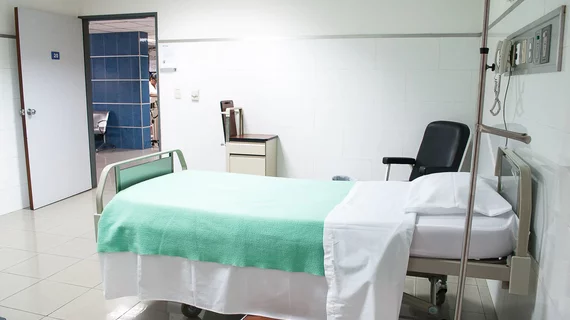Sepsis may have met its match in an algorithm
A machine-learning algorithm has surpassed four commonly used methods for catching sepsis early in hospital patients, giving clinicians up to 48 hours to intervene before the condition has a chance to begin turning dangerous.
The algorithm was tested by a team led by Christopher Barton, MD, of UC-San Francisco. Their study is slated to run in the June edition of Computers in Biology and Medicine.
The researchers compared the algorithm against the four legacy methods by applying data on just under 113,000 patients who had stays at either UCSF Medical Center or Beth Israel Deaconess Medical Center in Boston.
The aim of dividing the datasets between two far-flung institutions was to train and test the algorithm on demographically diverse patient populations.
The patients included in the study were admitted to hospital without sepsis and all had at least one recording of each of six vital signs—oxygen levels in the blood, heart rate, respiratory rate, temperature, systolic blood pressure and diastolic blood pressure.
Some of the patients contracted sepsis during their stay while others did not. In those who had sepsis at any point during their hospitalization, the researchers looked at their algorithm’s detection performance vs. that of the standard methods as applied at sepsis onset and at 24 hours and 48 hours prior.
They found the algorithm had better scores in area under the receiver operating characteristic (AUROC) curve than the standard clinical methods across the board, and this held when the algorithm was trained on UCSF patient data and applied to Beth Israel Deaconess patients.
The four standard methods were Systemic Inflammatory Response Syndrome (SIRS) criteria, Sequential (Sepsis-Related) Organ-Failure Assessment (SOFA), qSOFA (a shortened version of SOFA) and Modified Early Warning System (MEWS).
“The machine learning algorithm assessed in this study is capable of predicting sepsis up to 48 hours in advance of onset with an AUROC of 0.83,” the authors reported. “This performance exceeds that of commonly used detection methods at time of onset and may in turn lead to improved patient outcomes through early detection and clinical intervention.”
Each year in the U.S., at least 1.7 million adults develop sepsis, mostly outside of hospital settings, according to the CDC. Nearly 270,000 of them die. Of hospital patients who die while hospitalized, one in three has sepsis.

